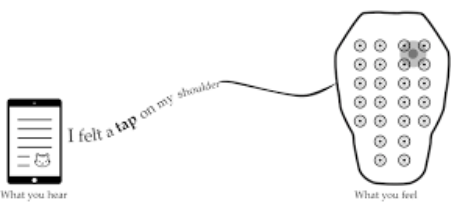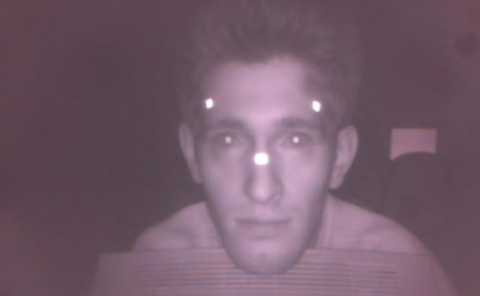Feel Effects: Enriching Storytelling with Haptic Feedback
PubDate: September 2014
Teams: Disney Research;Carnegie Mellon University
Writers: Ali Israr;Siyan Zhao;Kaitlyn Schwalje;Roberta Klatzky;Jill Lehman
PDF: Feel Effects: Enriching Storytelling with Haptic Feedback

Abstract
Despite a long history of use in communication, haptic feedback is a relatively new addition to the toolbox of special effects. Unlike artists who use sound or vision, haptic designers cannot simply access libraries of effects that map cleanly to media content, and they lack even guiding principles for creating such effects. In this article, we make progress toward both capabilities: we generate a foundational library of usable haptic vocabulary and do so with a methodology that allows ongoing additions to the library in a principled and effective way. We define a feel effect as an explicit pairing between a meaningful linguistic phrase and a rendered haptic pattern. Our initial experiment demonstrates that users who have only their intrinsic language capacities, and no haptic expertise, can generate a core set of feel effects that lend themselves via semantic inference to the design of additional effects. The resulting collection of more than 40 effects covers a wide range of situations (including precipitation, animal locomotion, striking, and pulsating events) and is empirically shown to produce the named sensation for the majority of our test users in a second experiment. Our experiments demonstrate a unique and systematic approach to designing a vocabulary of haptic sensations that are related in both the semantic and parametric spaces.



